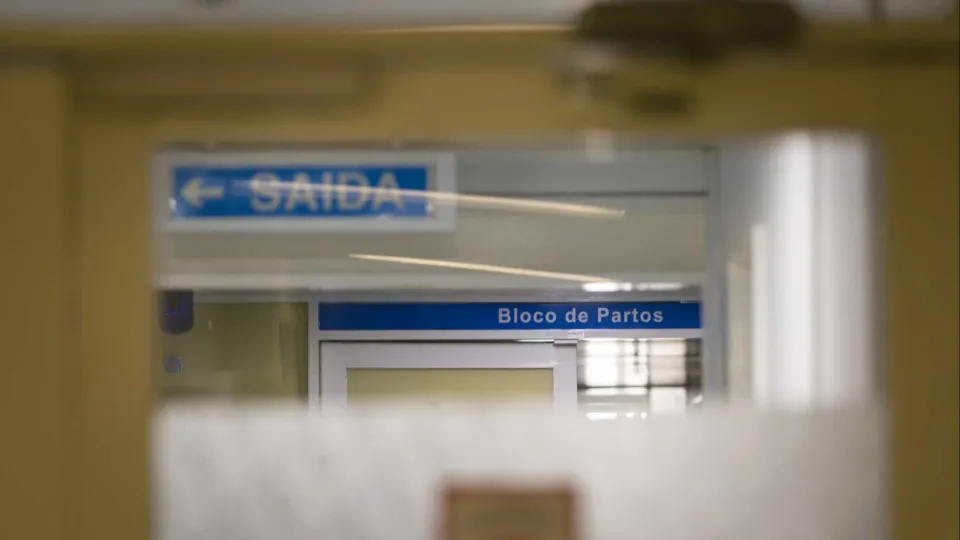The European Commission stated on Tuesday that the proposed State Budget for 2026 (OE2026) is “in line” with the recommendations of the European Union (EU) and highlighted the country’s efforts to reduce debt. However, it warned that net spending is above the recommended level.
Within the scope of the autumn package of the European Semester, the EU executive announced that Portugal (along with 11 other eurozone member states) has an OE2026 “in compliance,” allowing the country to “continue to implement, as planned, budgetary policies” in the coming year. This comes after, last year, Brussels considered Lisbon’s budget for this year non-compliant due to continued energy support related to the energy crisis.
Regarding the conclusions of the post-program surveillance of macro-financial assistance, Brussels emphasizes that “Portugal’s repayment capacity is supported by comfortable liquidity reserves and an active debt management strategy,” highlighting the “positive growth” expected for the country in the coming years, despite “reduced deficits” and “high levels” of debt.

The European Commission noted today that the proposed State Budget for 2026 (OE2026) is “in line” with the recommendations of the European Union (EU) and praised the country’s efforts in debt reduction.
Brussels Warns Portugal: Net Spending Above Recommended Level
The European Commission also warned that Portugal “risks significantly exceeding” the maximum cap for net spending set under the medium-term plan, although they spoke of a “close to balance” budgetary situation in 2026.

The European Commission warned today that Portugal “risks significantly exceeding” the maximum cap for net spending set under the medium-term plan, although speaking of a “close to balance” budgetary situation in 2026.
“The Commission notes that Portugal risks significantly exceeding the maximum growth of net spending provided in the Council’s recommendation approving the medium-term plan,” stated the EU executive in an opinion on the State Budget for 2026 (OE2026), as part of the autumn package of the European Semester released on Tuesday.
According to the European Commission, in cumulative terms, i.e., compared to the base year of 2023, it is estimated that Portugal’s net spending will increase by 26% in 2026, exceeding the maximum cumulative growth rate of 23.4% recommended by the European Union Council and corresponding to an accumulated deviation of 0.7% of the Gross Domestic Product (GDP), also above the cap of 0.6% considering relief in EU budgetary rules.
The European Commission’s autumn forecasts, released last week, predict that in 2025, Portugal’s net spending will increase by 5.8%, above the maximum growth rate of 5.0% recommended by the Council, which corresponds to a deviation of 0.3% of GDP this year.
For 2026, net spending is expected to increase by 5.2%, above the maximum growth rate of 5.1% recommended by the Council, equivalent to a deviation of less than 0.1% of GDP in the coming year.
In January of this year, the EU Council adopted a recommendation for Portuguese net spending growth not to exceed 5.0% in 2025, 5.1% in 2026, 1.2% in 2027, and 3.3% in 2028.
This corresponds to the maximum cumulative growth rates calculated with reference to 2023, of 17.4% in 2025, 23.4% in 2026, 24.8% in 2027, and 28.9% in 2028.
Nonetheless, Portugal is one of 16 EU countries that requested and was authorized to activate the safeguard clause under budgetary rules to invest more in defense.
This approval allows Portugal, during 2025-2028, to deviate and exceed the recommended maximum growth rates of net spending as long as the deviation does not exceed 1.5% of GDP.
Considering the flexibility now permitted, the projected accumulated deviation for 2026 (based on current defense spending projections) is 0.7% of GDP, above the threshold of 0.6% of GDP, according to the European Commission.
Despite the warnings, the institution also highlights that “the budgetary position for 2026 should be close to balance, thereby contributing to a reduction in public debt as a percentage of GDP.”
This position comes after, about a year ago, the European Commission approved the first medium-term budget plan with goals for spending, investments, and reforms under the EU’s new budgetary rules.
According to estimates by the EU executive in the State Budget for 2026 (OE2026), the overall impact of discretionary revenue measures reduces net spending and the public administration deficit by 0.3% of GDP in 2026, concerning personal income tax and corporate income tax reductions and the gradual elimination of the indirect system of fiscal incentives for corporate research and development.
On the expenditure side, the measures include increases in public sector wages and the reinforcement of the solidarity supplement for the elderly.
Regarding the country’s defense expenditure, it accounted for 0.8% of GDP in 2021 and 0.9% of GDP in 2024.
According to the European Commission’s autumn forecasts, this percentage is expected to remain at 0.9% of GDP in 2025 and 2026, corresponding to an anticipated increase of 0.1 percentage points of GDP in 2026 compared to 2021.
The European Semester is an annual economic policy coordination exercise. The package was presented on the sidelines of the European Parliament’s plenary session in the French city of Strasbourg.





